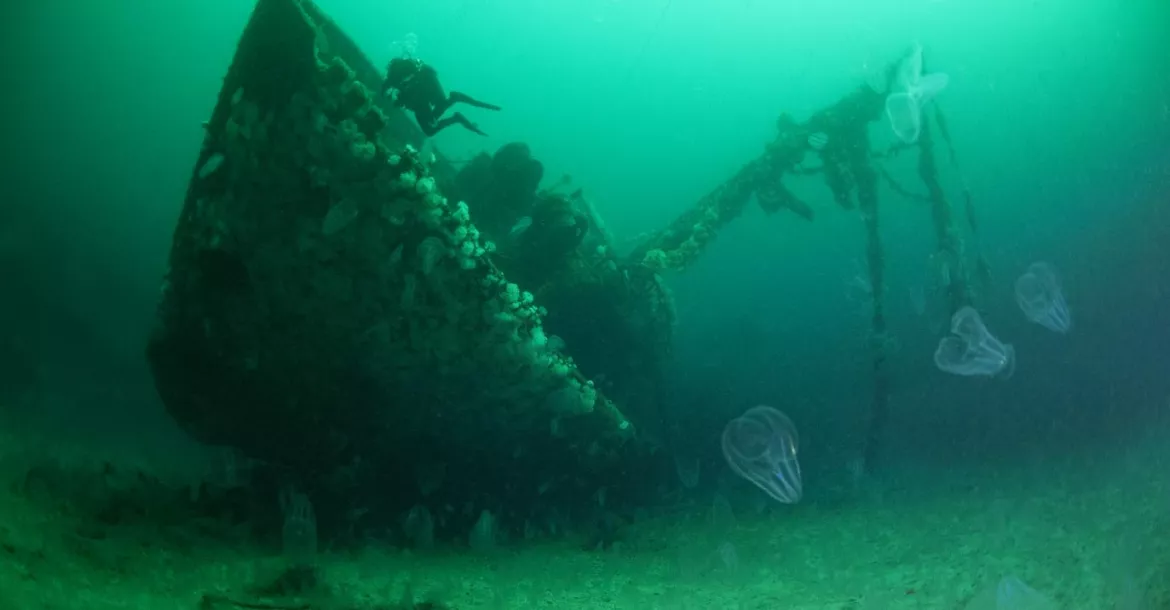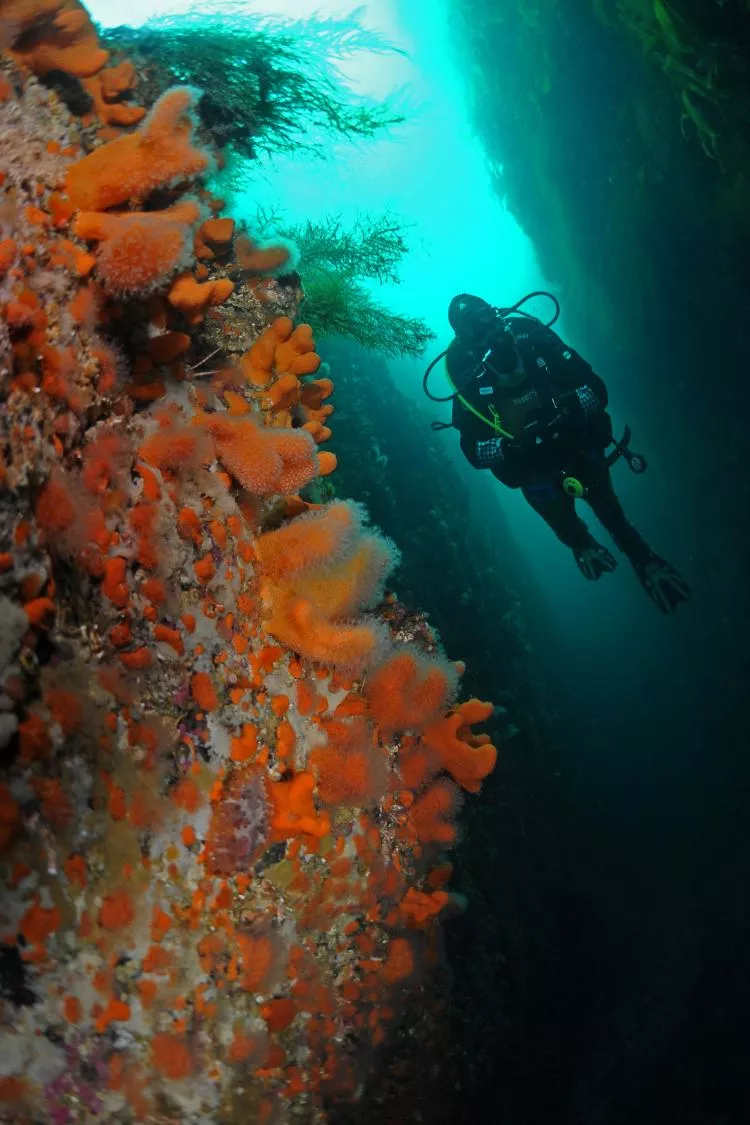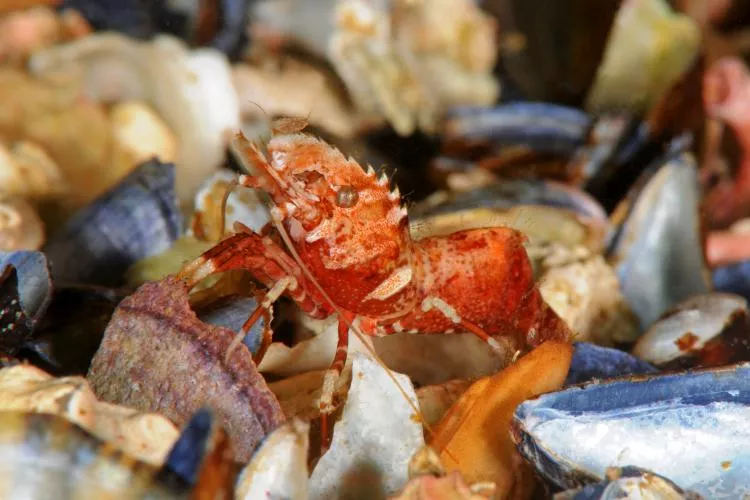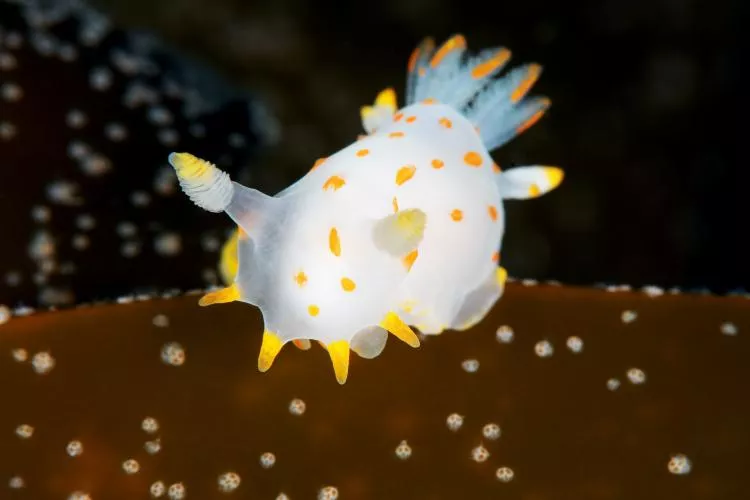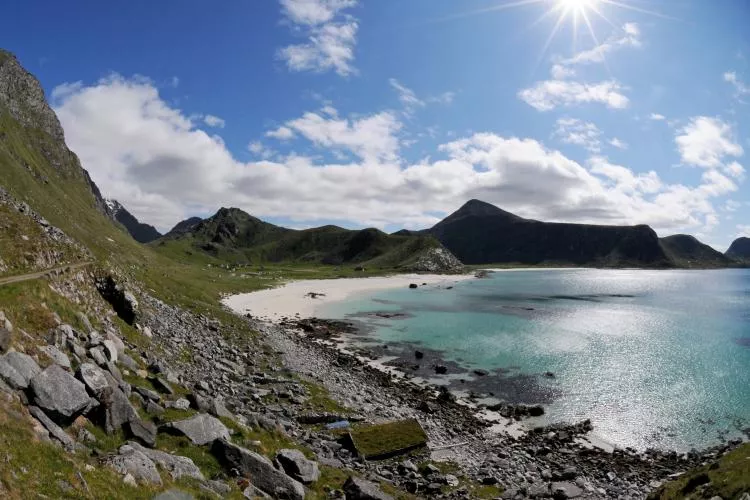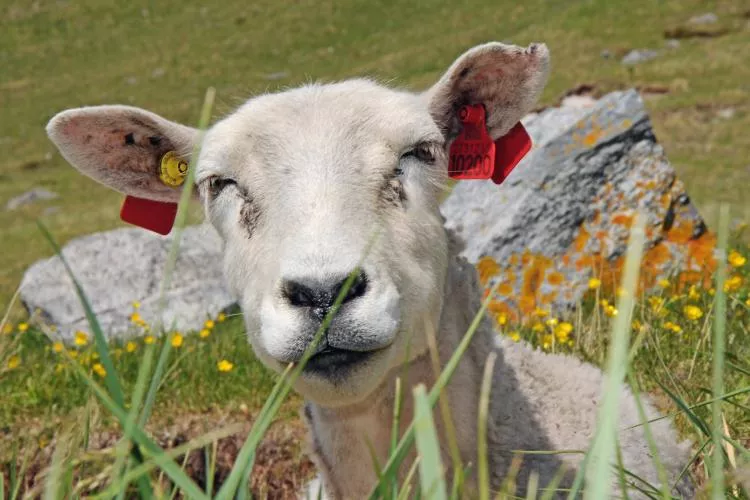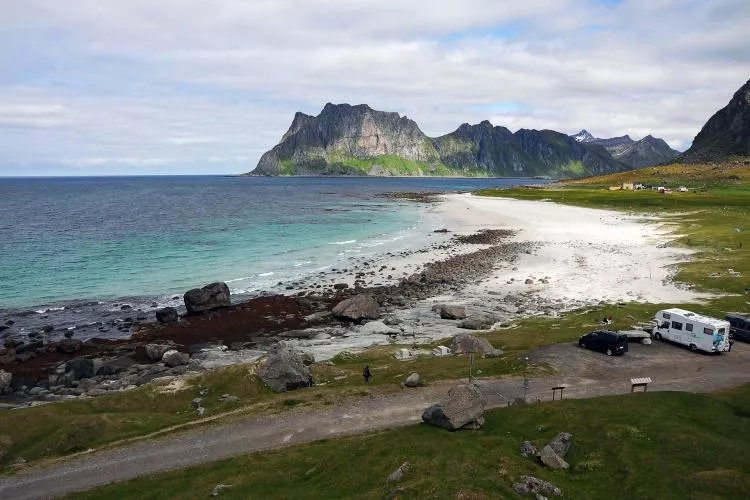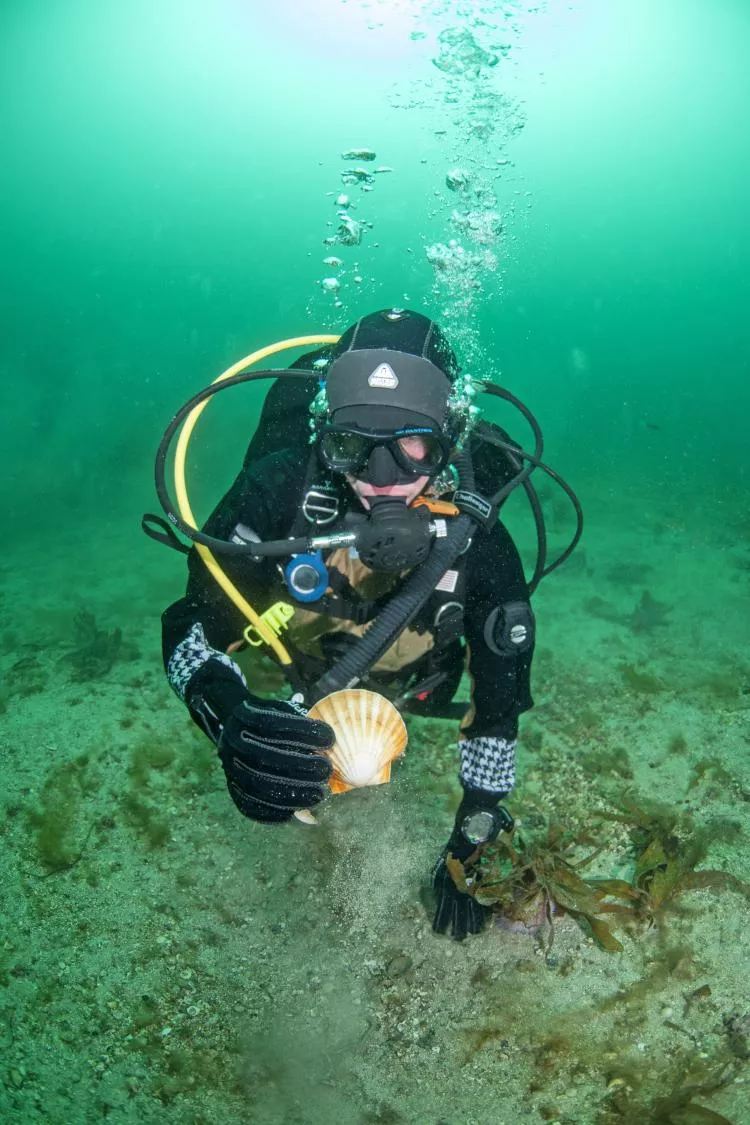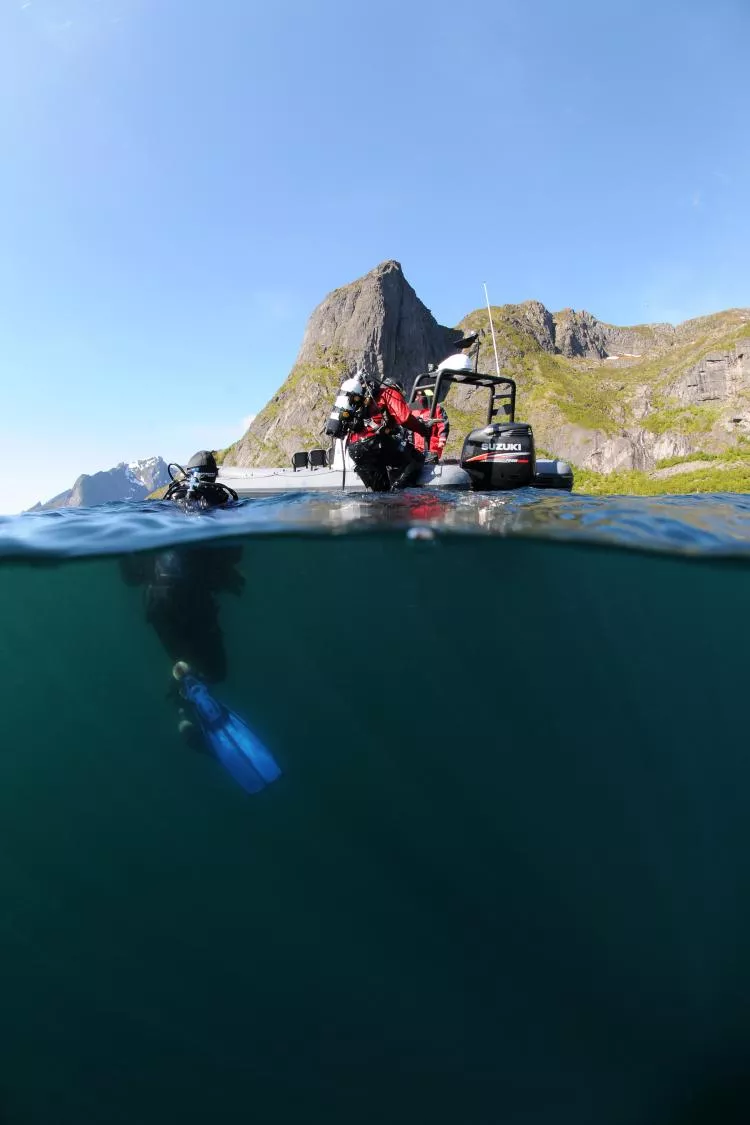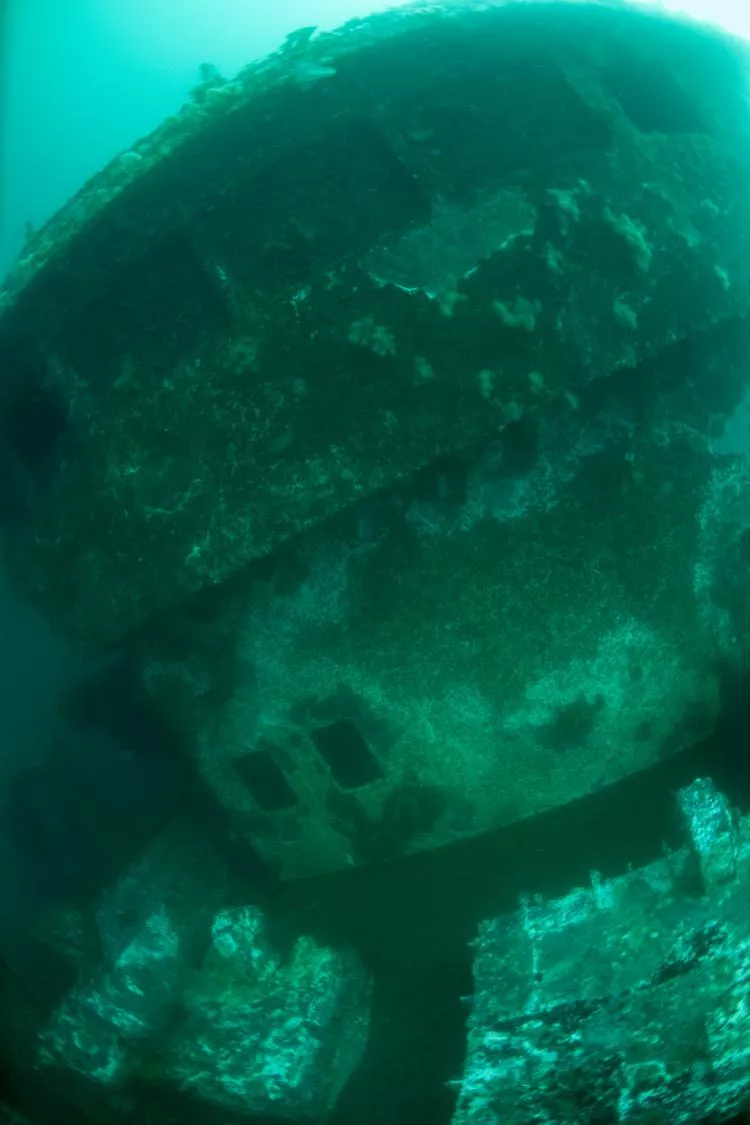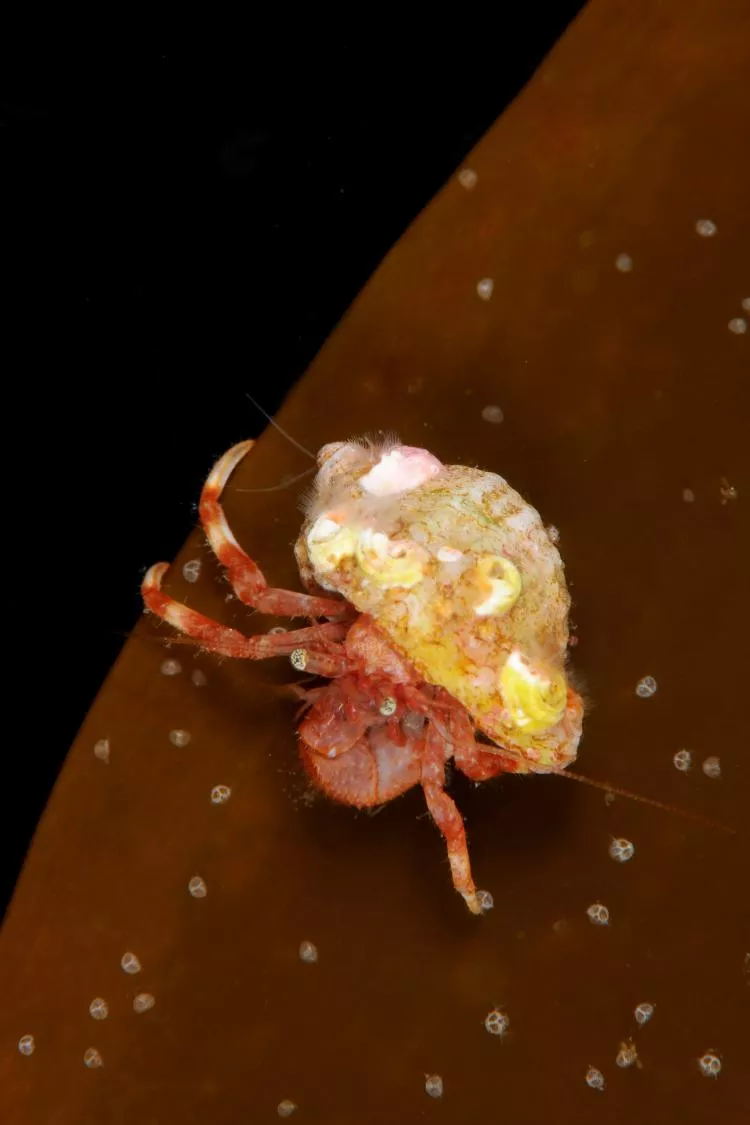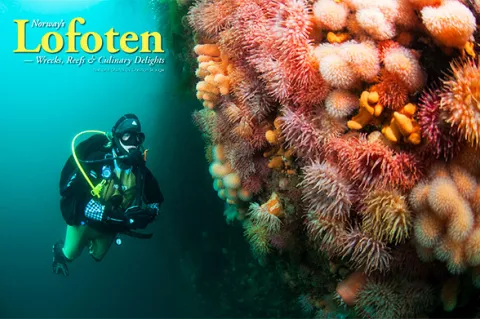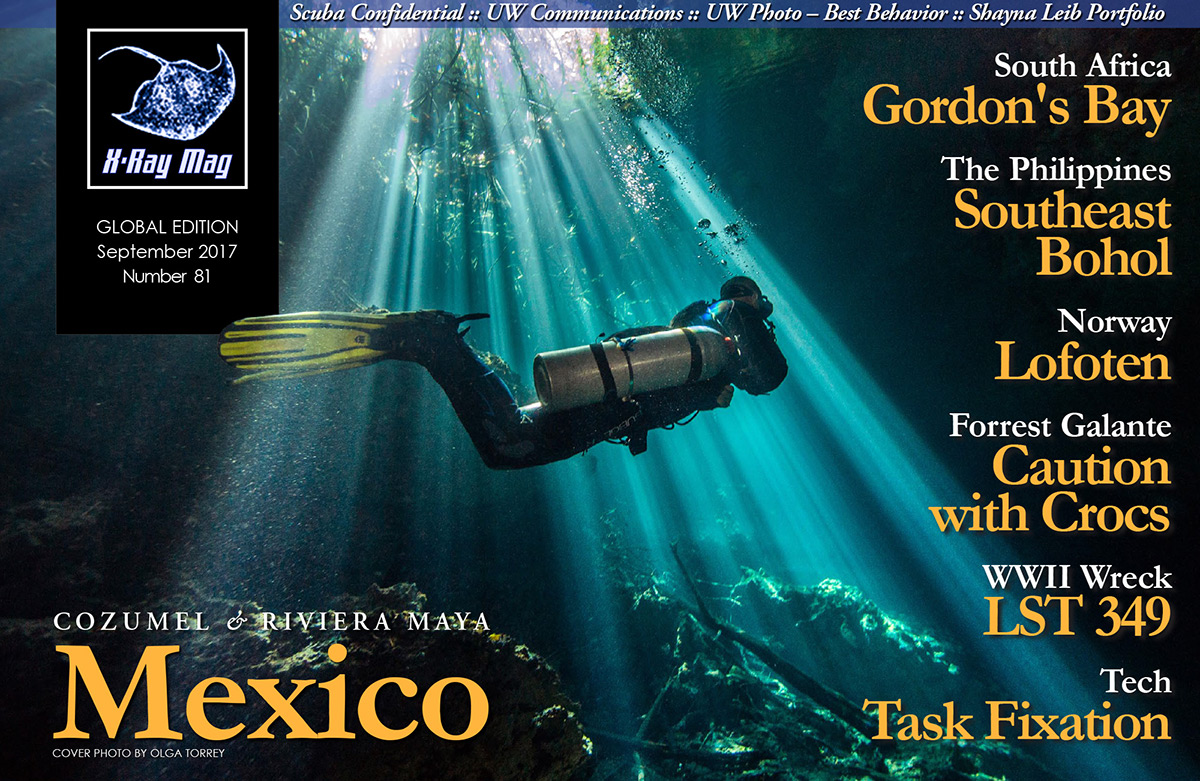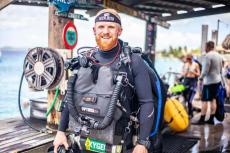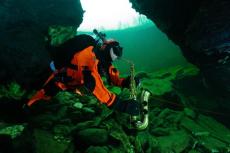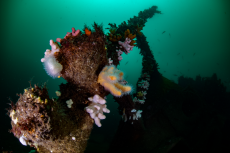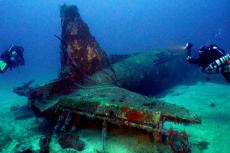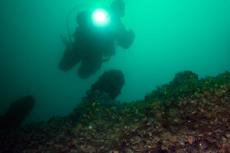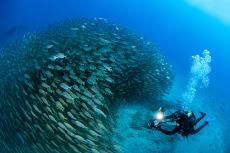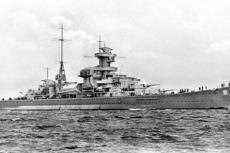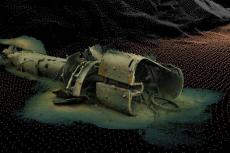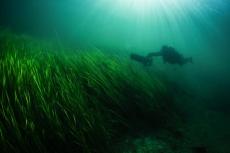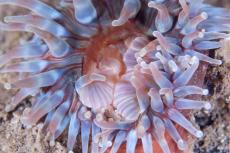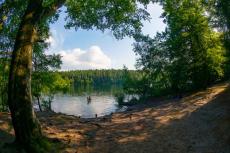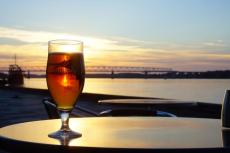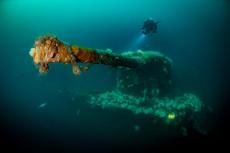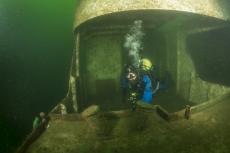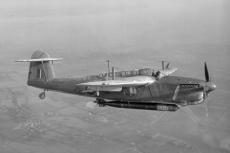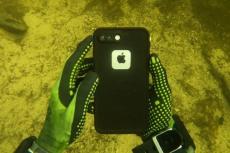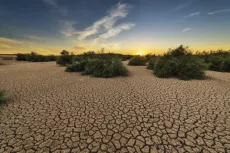Lofoten in northern Norway is renowned for spectacular scenery and stunning natural beauty—and it doesn’t stop at the surface! Clear water, huge kelp forests with lots of marine life, great wreck diving and anemone-covered walls which rival any tropical coral reef…
What more could you ask for?
Contributed by
Factfile
Christian Skauge is an award-winning underwater photographer based in Oslo, Norway, and is the owner and editor of the Norwegian dive magazine, Dykking.
He is particularly interested in photographing macro life, but also enjoys wide-angle wreck photography.
For more information, please visit: Scubapixel.com.
Lofoten is one of those annoying places where you can get in the water pretty much anywhere and still have a good dive. This makes it more important than ever to have good, local support, because good isn’t good enough up here—you want to get to the really amazing and spectacular dive spots!
Nobody in Lofoten offers a better dive package than Lofoten Diving in the small township of Ballstad. Owners Daniel and Ada know the area like the back of their hands, and Daniel guides the fast RIB dive boat to GPS locations that offer truly great diving—all with a steady hand and a friendly smile.
A perfect starting point
Ballstad is located, pretty much, smack in the middle of the Lofoten Islands, northwest of Bodø in northern Norway. The small township offers a perfect starting point to the many attractions within easy reach of Lofoten, including the dive sites Lofoten Diving recommends you visit, ranging from Reine and Nusfjord in the west to Svolvær and Raftsundet in the east. In addition, they visit several spots in the narrow sounds going north to Vesterålen, plus a handful of great wreck dives.
To start, we set a course for an area southwest of Ballstad known for its deep canyons and spectacular walls covered in dead man's fingers (Codium fragile) and anemones. En route, we marveled at the tall, snow-covered mountains, creating a perfect contrast to the vivid green coastline, which had ragged cliffs separated by patches of sandy beaches so white you would think you were in the Indian Ocean. It’s not hard to imagine why tourists are so attracted to this part of Norway!
With this beautiful backdrop, we got ready for our dive and rolled backwards out of the RIB and into the cool, clear waters of Lofoten—ready for the natural wonders beyond the surface.
Grand Canyon
Since we were diving in mid-June, the kelp forest was fresh, green and did not have too much stuff growing in it. We had a slow swim over the top of this giant salad buffet before we found the canyon we were looking for on our right. Between two vertical rock faces covered in dead men's fingers, the colors were intense; and when we continued into the gorge, we saw colorful lumpfish, well-camouflaged sculpins, huge coral nudibranchs and schools of tiny pollock hovering in the slight current.
At the bottom of the canyon, we arrived at a shelf covered in huge kelp. After relishing the sunlight—which, incredibly, reached us at 20-plus meters—we returned, heading back up the canyon. Lovely! Photo opportunities queued up, and I realized I already had a backlog of images, even before getting in front of the computer screen. Wherever we turned, there were vivid reminders of how colorful and fresh diving in Norway can be.
World-class beaches
The beaches of Lofoten are truly fantastic, and worth the trip all by themselves. The brilliant white sand is made up of the remains of trillions of scallops, mussels, snails and sea urchins—their shells crushed to tiny bits by the ever-moving sea. The turquoise color of the water makes you think you are in the Maldives or at a tropical island in the Pacific—it is hard to grasp that you are well above the Arctic Circle in the North Atlantic.
Anyone visiting Lofoten should allocate at least one day for sightseeing and hiking—to enjoy the breathtaking natural scenery, the beautiful harbors of Reine and Nusfjord, the local seafood and the omnipresent seagulls. The most beautiful beaches are found at Haukland, Ramberg and Uttakleiv, which are all easily reached by car. Don’t be surprised if you encounter dudes or dudettes with surfboards or backpackers camping out on the beach—they have long since discovered this natural paradise of the north.
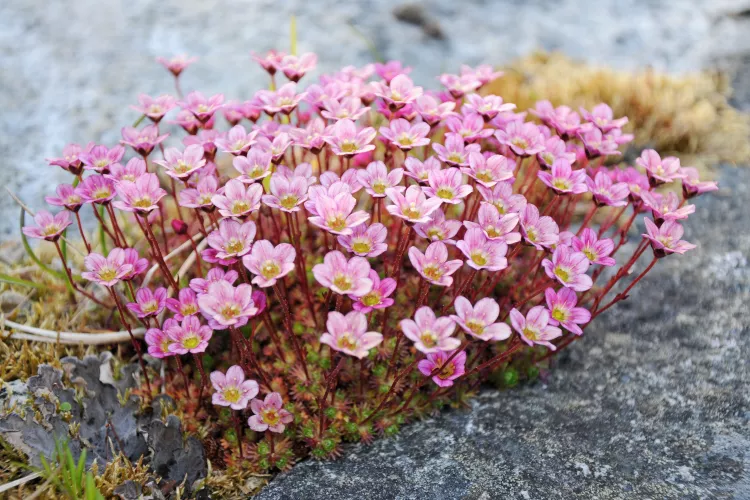
Great wreck diving
Divers are picky tourists, and often have a very specific idea of what they want to see underwater. Our diving colleagues from Belgium were passionate wreck divers, and when they suggested we go to the nearby municipality of Reine to experience some serious rust, we certainly did not resist. Day trip! We were all stoked to see the wreck of the coastal passenger liner Hadsel, and get a fabulous RIB ride along the jagged coastline of Lofoten known as the Lofoten Wall.
MV Hadsel was on her way to Bodø with mail and passengers when she was caught in a strong current and foundered near Reine in January 1958. Water gushed in through a huge hole in the engine room, and the 20 passengers and 26 crew got into the lifeboats to save themselves. It must have been a riveting experience to witness the 220ft vessel slide off the skerry and sink below the surface of the wintery sea, less than an hour after she ran aground.
With this drama in mind, we slowly descended along the anchor line. When the beautifully preserved wreck materialized out of the darkness below, we knew we had hit gold. This was surely one of the most beautiful wrecks along the Norwegian coastline!
Hadsel is standing almost upright on a flat, sandy bottom at around 40m depth, with a 45-degree list to port. The wreck is full of interesting details, which we shared with both dive buddies and thousands of transparent comb jellyfish that had decided this was a good spot to congregate. The foremast was still standing upright. On deck, we found an old radio receiver, and the superstructure amidships and aft offered plenty of opportunities for exciting penetrations. As a photo opportunity, Hadsel was simply top-notch, and my only regret was diving on air, which gave me a shorter bottom time than I would have wished.
More rust
Hadsel is not the only wreck on offer. Just west of Ballstad lies the 71m long MV Gudrun Gisladottir, an Icelandic trawler that went down in 2002. She's in even better condition than Hadsel, and offers a truly great wreck dive at a depth of 27-40m. We had a little current on this dive, but the experience was still great.
Lofoten Diving also offers trips to the wrecks of SS Ramø, SS Hamburg, the unique German minesweeper mothership MRS-25, MV Karlshorst and the relatively shallow and easy MV Siw-Aina in Svolvær. All of them are within easy reach with the fast RIB from Ballstad, and rust addicts will certainly find that there is more than enough to keep them occupied in this area.
Incredible anemone wall
The most beautiful and impressive dive site we got to experience on our Lofoten trip was dubbed the worst nickname among the guests, but not because it was bad in any way. “Shit Wall” was a steep rock face, just across from the picturesque harbor in Nusfjord, on which hundreds of cormorants had made their home. Because of their guano, the water below was filled with nutrients, much appreciated by the thousands of pretty and immensely colorful Dahlia anemones. They had formed a dense carpet on the wall, from around half a meter below the surface to almost 20m depth, and the staggering kaleidoscope of colors rivaled any tropical coral reef I have ever seen. You will find it impossible not to make the comparison when you see it for yourself.
We started a little too deep on the south end of the wall and it took us a little swim before we got to the most beautiful part of the wall, which is in shallow water, toward Nusfjord Harbor. If you want to maximize the time in this area, it is a good idea to start shallow at the north end of the wall. This is a perfect second (or even third) dive of the day, because you really don't need any depth at all to have the best and most colorful view in the world.
Culinary delights
On the other side of the sound in Nusfjord, we found some scallop banks and collected enough scallops for a delicious appetizer. The main course for our hearty bacalao we bought at Anita's Seafood at Sakrisøy on the way back home—they have an impressive array of both fresh and cured seafood, just like what you would expect to find in Lofoten. After all, this is the heartland of Norwegian seafood, and there is nothing lacking in their treasure trove. The fresh delicious fodder was devoured in the spacious and elegant dining room at Villa Ballstad, and praise was generously handed out afterwards.
Culinary delights are a big part of the Lofoten experience, and being so close to fresh commodities is both inspiring and mouth-watering. You can catch or collect a lot of it yourself, or just stop by one of the local fishmongers—the seafood is equally fresh and delicious either way.
Lofoten also offers a selection of restaurants, some of which are very high class. We gorged on grilled monkfish and fish soup at master chef Mikael Björkman’s renowned restaurant, Krambua, at Hamnøy in Reine. The Swede opened the doors for us even though we were a bit early and served us an unforgettable dinner, entirely made from local catch and produce. Delicious—and absolutely perfect after a day of exciting diving.
Shiny nudibranchs
For those who are into tiny critters, Lofoten also has a lot to offer—it’s not all about big wrecks, drift dives and huge kelp forests here. We did some great macro dives just outside Ballstad Harbor, in an area with lots of tiny islets and skerries. Depending on the weather, you can dive pretty much anywhere, and among kelp forest and sandy patches, you will find an extensive array of colorful critters.
Beneath the canopy, the kelp forest is full of colorful amphipods, hermit crabs, nudibranchs and even the rare friendly blade shrimp, which we found on the sandy bottom at just 12 meters' depth. This splendid red critter is not really very rare in Norway, but is usually found seeking shelter below big pink anemones at depths of 30-plus meters—in Lofoten, they seemed to enjoy shallower water and had no problems putting up with strobes and indiscreet photographers.
The nudibranchs were incredibly numerous, and the beautiful purple Facelina auriculata was especially prominent and in big numbers. They were everywhere on the kelp! This species is quite common along the Irish and British west coasts, but in southern Norway, they are more rarely seen. Not so in Lofoten! Yours truly (who has a certain passion for these “ocean butterflies”) was astonished to see that the kelp was so fresh that I could photograph a mirror image of the brilliantly colored nudibranchs on the kelp surface. Unique—I’ve never even heard about this!
Experience Lofoten
Lofoten is a safe bet when you are thinking about going to Norway for a dive holiday. Not only is it great underwater, but the natural beauty in general will take your breath away. Add to this a very competent and knowledgeable dive resort, cool digs and great food—and you will have a perfect time! In terms of diving, there is nothing amiss in Lofoten. You will be able to enjoy wrecks, walls, kelp forests and critter diving, almost regardless of your certification.
Some of the wrecks (of course, the best-preserved ones) are a bit deeper and require more experience—but no matter what your level is, you will be very well taken care of and will be almost guaranteed a great experience. Lofoten Diving also offers courses should you want to enhance your level of expertise, and their snorkeling trips and Discover Scuba try-out dives are also popular among visiting tourists. ■

